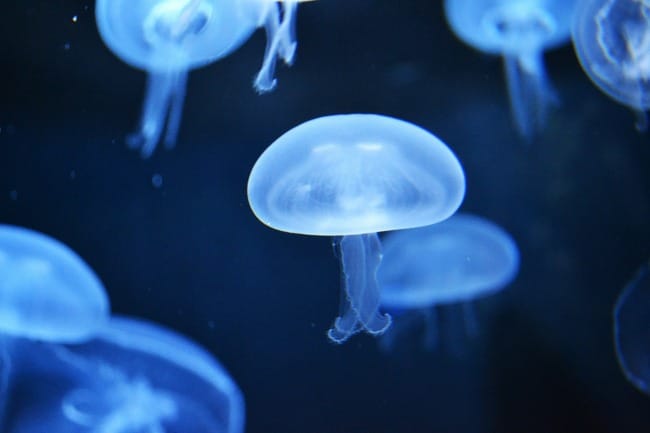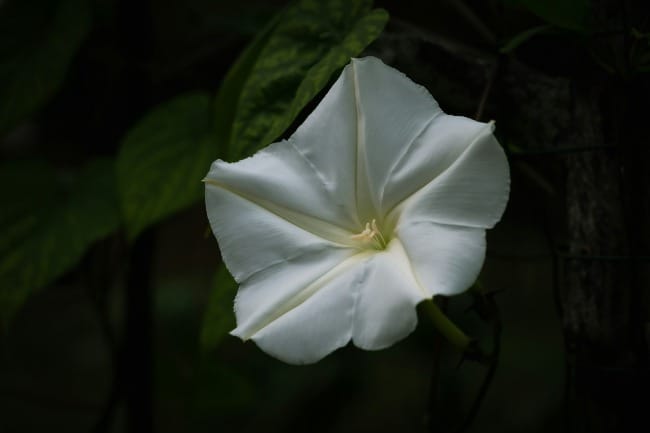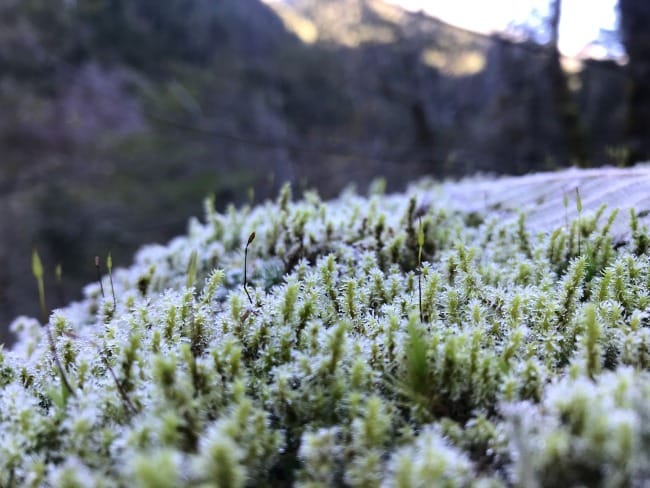Poet Camille Dungy, in reference to the hesitancy with which many readers approach poetry has this to say about her work:
"When I set a plate of spaghetti in front of you, it’s okay for you to just eat it...it is perfectly fine with me that most people will just eat the spaghetti and maybe say, “I like it” or “that was just the kind of meal I needed on a cold night like tonight.” I think this is same for poetry. Some of the people need to know how the poem was made, but it’s not a failure of the poem, in fact it is a testament to the poem’s success, if people simply say, “I like that. Thank you for feeding me.”
With this invitational framework in mind, I share this poem by Camille Dungy.
Characteristics of Life
by Camille Dungy
A fifth of animals without backbones could be at risk of extinction, say scientists.—BBC Nature News
Ask me if I speak for the snail and I will tell you
I speak for the snail.
speak of underneathedness
and the welcome of mosses,
of life that springs up,
little lives that pull back and wait for a moment.
I speak for the damselfly, water skeet, mollusk,
the caterpillar, the beetle, the spider, the ant.
I speak
from the time before spinelessness was frowned upon.
Ask me if I speak for the moon jelly. I will tell you
one thing today and another tomorrow
and I will be as consistent as anything alive
on this earth.
I move as the currents move, with the breezes.
What part of your nature drives you? You, in your cubicle
ought to understand me. I filter and filter and filter all day.
Ask me if I speak for the nautilus and I will be silent
as the nautilus shell on a shelf. I can be beautiful
and useless if that's all you know to ask of me.
Ask me what I know of longing and I will speak of distances
between meadows of night-blooming flowers.
I will speak
the impossible hope of the firefly.
You with the candle
burning and only one chair at your table must understand
such wordless desire.
To say it is mindless is missing the point.
Copyright © 2012 by Camille Dungy

Little Lives that Pull Back
In Characteristics of Life, we are given pictures of "underneathedness" and "little lives that pull back," which introduce us to the creatures of this poem—not the assertive, forceful, powerful beings that are typically valued in our world, but meek, fluid, receptive creatures, highlighted by the clever use of "spinelessness" in the poem. The creatures described in Characteristics of Life are humble, tentative, and vulnerable, easily overlooked and easily harmed in a world that values primarily what is most obviously like ourselves. What do we have in common, after all, with a mollusk?
Dungy speaks for the snail not because she is master over it, but because she has a voice that can be heard. Her voice can be understood by other humans while the snail is not heard or understood; as she has said of herself, she sees herself as an advocate, a Lorax, the Dr. Seuss character who voices the following lines:
I speak for the trees. I speak for the trees, for the trees have no tongues.
I repeat, cried the Lorax, I speak for the trees!
I'm the Lorax who speaks for the trees, which you seem to be chopping as fast as you please. But I'm also in charge of the Brown Bar-ba-loots, who played in the shade in their Bar-ba-loot suits and happily lived, eating Truffula Fruits. NOW...thanks to your hacking my trees to the ground, there's not enough Truffula Fruit to go 'round.
You're glumping the pond where the Humming-Fish hummed! No more can they hum, for their gills are all gummed. So I'm sending them off. Oh, their future is dreary. They'll walk on their fins and get woefully weary in search of some water that isn't so smeary. "
©Theodor Seuss Geisel, Random House, 1971.
Dungy explains her advocacy in this way: "I’m not so much saying I am consuming the consciousness of the moon jelly (those wonderful beings!) or the firefly or the nautilus. Rather, I am speaking up for them. Like we speak up for ideas and things and people we care about. When a bully is attacking a kid in the school yard, to say “Hey! Stop!” is not so much to enter the body of the bullied as to defend the bullied, to speak up for them... To speak up for the life forms of the world in this sort of radically empathetic way is, as you suggest, a kind of witness. It’s also a kind of activism. And it’s also a kind of love."
Christians are called to stand up for the poor, the oppressed, the forgotten. Dungy, who is a Christian (though she is reluctant to use that label given current politics), includes our nonhuman neighbors within this category. The call of justice is not limited to humans, but to all those who share this planet. Loving our neighbors includes all the inhabitants who share our neighborhood.

The Ways We Are Alike
Characteristics of Life is a poem that brings out the commonalities between humanity and non-humanity in beautiful and thoughtful ways. Although humans often see themselves as completely set apart from the rest of nature, in this poem, Dungy shows us just how similar we actually are.
On a basic scientific level, all living things have certain traits in common, called the characteristics of life: Cellular organization, the ability to reproduce, growth and development, energy use, homeostasis, response to their environment, and the ability to adapt. Dungy's poetry turns these commonalities into word pictures that enlarge our understanding.
The metaphorical links in the poem prod our thinking where we may not initially see the similarities between us and other species. The pairing of a firefly and a person sitting at a table alone in candlelight, for instance, helps us see that we are not the only creatures driven by desire—many creatures experience that pull of desire, whether we give it that name or not.
The parallel drawn between a moon jelly and a worker in a cubicle humorously reminds us that discernment is a characteristic present outside of our species—we do not have exclusive possession of the ability to sift the unnecessary from the necessary. That, too, is a trait shared by many types of creatures, even those who have no spine.
The poem reminds us that, in spite of all the obvious differences between species, we share much with the nonhuman creatures around us. Dungy herself doesn't see the boundary between herself and nature as distinct:
"...the boundary between me and that which is not “me” has always felt infinitely porous. The way that I come to describe my place in the world is always in some way in relationship to what’s around me, and what is around me includes plants, other animals, the quality of the breeze… I can’t actually imagine writing my world without using these elements as touchstones, as foundations for the very language I use to describe that world."
The result of this inclusion of ourselves with the rest of nature puts us in a different place than when we see ourselves as the ruler, the one who matters, with the rest just being a backdrop. The language of the poem gives us a window into the "little lives that pull back" and perhaps an entry into caring about others' survival in addition to our own. By seeing our commonalities, disregarding their lives becomes harder to do.

As Dungy says, "I think that practicing radical empathy allows me to see these commonalities where others would be more inclined to see difference. Perhaps it’s a survival strategy: both for me and for the lives I could easily other and thus more willingly destroy."
Reflection Questions: What methods do you consciously or unconsciously use to measure the relative value of different creatures? Is there a vulnerable creature who needs your voice to speak for it?
Dungy, is the editor of Black Nature, the first anthology to focus on nature writing by African American poets. You can read learn about her and her work on her website.
You can leave a comment or share this post below. I am also glad to hear from you directly at info@circlewood.online.
Louise
